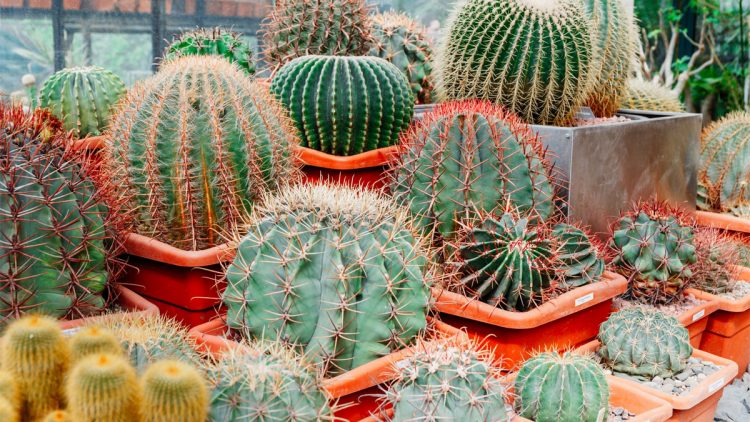How To Save A Dying Cactus
HOW TO SAVE A DYING CACTUS
GET A FREE ESTIMATE TODAY!
Saving a dying cactus can be challenging, but it is possible with the right care and attention. Here are steps to help you revive a struggling cactus:
- Assess the Damage: First, identify the specific issues that are causing your cactus to decline. Common problems include overwatering, underwatering, poor soil, pests, or disease. Identifying the root cause is crucial for effective treatment.
- Adjust Watering: Overwatering is a common cause of cactus problems. Ensure that your cactus is planted in well-draining soil, and water it only when the top inch or so of the soil feels dry. Reduce watering during the dormant period (usually in winter for most cacti).
- Check the Soil: Make sure your cactus is planted in a well-draining cactus mix or sandy soil. If the soil is retaining too much moisture, repot the cactus into well-draining soil.
- Inspect for Pests: Examine your cactus for signs of pests such as mealybugs, scale insects, or spider mites. If you notice any infestations, remove the pests by gently wiping them off with a soft brush or cotton swab dipped in alcohol. Isolate the affected cactus to prevent the infestation from spreading.
- Prune Damaged Areas: If your cactus has rotting or damaged sections, use a sterile knife or scissors to carefully trim away the affected parts. Allow the cut areas to callus over for a few days before replanting.
- Provide Adequate Light: Cacti require plenty of sunlight to thrive. Ensure your cactus is receiving sufficient light. Place it near a south or west-facing window or, if possible, move it outdoors during warm months. Gradually acclimate it to direct sunlight to prevent sunburn.
- Fertilize Sparingly: Fertilize your cactus sparingly, typically during the growing season (spring and summer). Use a balanced, diluted cactus fertilizer or a specialized fertilizer for cacti and succulents. Follow the instructions on the fertilizer package.
- Maintain Proper Temperature: Cacti are generally adapted to warm and arid conditions. Keep your cactus in a location with temperatures appropriate for its species. Protect it from cold drafts and extreme temperature fluctuations.
- Repot if Necessary: If your cactus is severely root-bound or if the soil has become compacted and non-draining, consider repotting it into a slightly larger container with fresh, well-draining soil.
- Be Patient: After taking corrective actions, it may take some time for your cactus to show signs of recovery. Be patient and continue to provide proper care.
It’s important to note that not all cacti can be saved, especially if they have suffered severe damage or disease. In some cases, you may need to accept that the cactus is beyond revival. However, with attentive care and timely intervention, many cacti can recover and thrive once again.
TREE TRIMMING AND REMOVAL SERVICES PHOENIX
If you own a property in the Phoenix Valley our team of trained, licensed, and insured tree cutting professionals will cut down and remove your tree safely and affordable. Every one of our skilled technicians understands our safe tree removal and cutting protocols and work together to get the job done quickly and safely. Keeping your property in the best condition possible while removing the tree is also our top priority. We remove the tree, clean up the mess, and leave your property in great condition.

